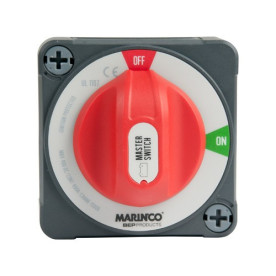Yes, you’ve got that all correct. But you probably won’t find a 35 amp class T, so the safest thing there would be to use the smallest class T you can get near the battery, and a 35 amp fuse just beyond that.Would the ampacity be for the wires leading from the battery until the next fuse/breaker, I assume? The ampacity of the wires leading from the battery to the panel (where there are circuit breakers in the panel) is 35... so based on what I've been told here, I should get a DC-rated T fuse of 35 (or less, but more than my maximum load) amps capacity, placed close to the battery. The wires from my panel to individual loads are 20 amps, and my circuit breakers on my panel are from 15 down to 5 amps... so in both cases, the fuses/circuit breakers are less than the wire's capacity, so the fuse/breaker would go off before the wires failed, and that is what is desired, if I'm understanding it correctly?
Sounds like you’ve got relatively small gauge wires though. Depending on the length of your wire runs you should make sure the wires are large enough to handle your loads with minimal voltage drop. Often the voltage drop will be the restricting factor in wire size rather than overall ampacity. It sounds like your primary wires are 14 AWG? If so consider that to keep the voltage drop minimized that’s only good for up to 10 amps if the circuit length is 10 feet. The 10 feet is the total round trip length of the circuit. Also keep in mind that voltage drop is cumulative, so there’ll be some drop from battery to panel over the 14 AWG, and some drop from panel to each load over the smaller gauge wires. Ideally the cumulative drop for loads like nav lights should be kept under 3%, or 0.36V.

